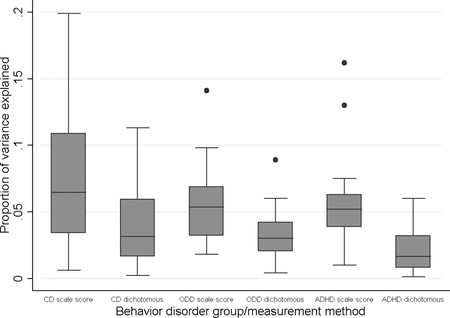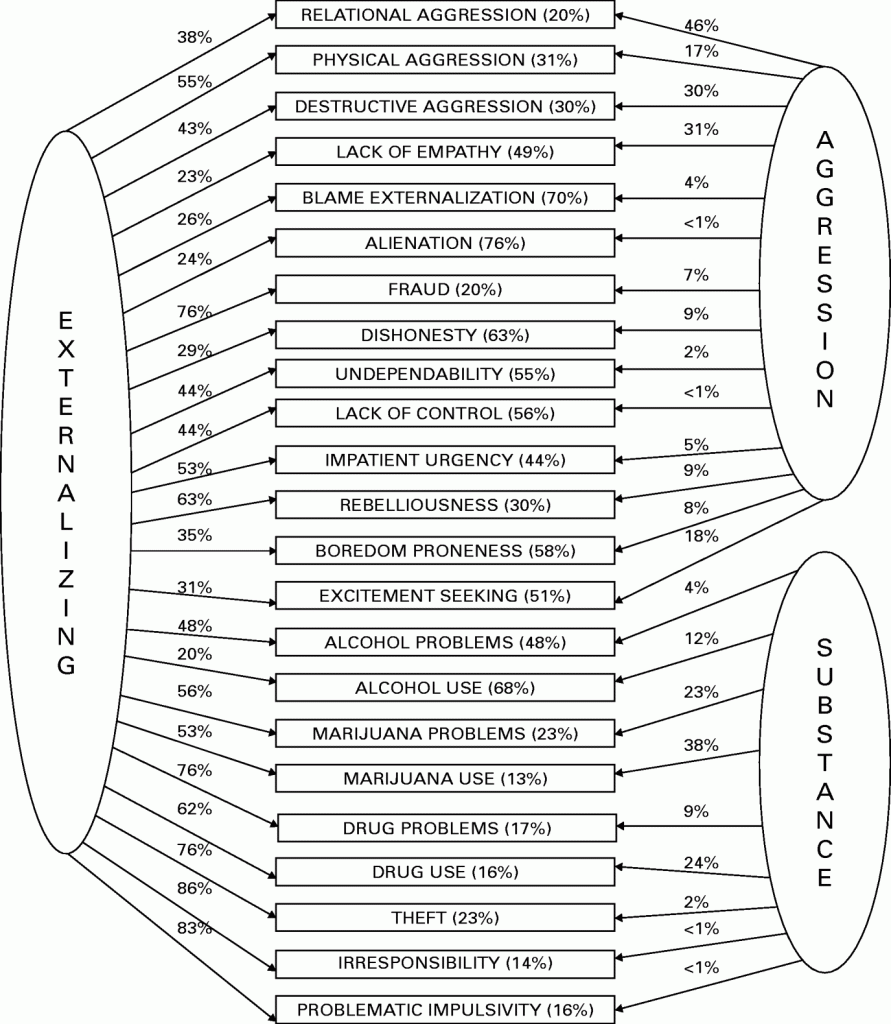I’d like to thank Grant for pointing this out to me, but it looks like Elsevier has gone over the line here.
Institutions might think about whether they wish to receive money from a company like that in future. Worse still, is the revelation that Merck paid the publisher Elsevier to produce a publication.
The relationship between big pharma and publishers is perilous. Any industry with global revenues of $600bn can afford to buy quite a lot of adverts, and pharmaceutical companies also buy glossy expensive “reprints” of the trials it feels flattered by. As we noted in this column two months ago, there is evidence that all this money distorts editorial decisions.
This time Elsevier Australia went the whole hog, giving Merck an entire publication which resembled an academic journal, although in fact it only contained reprinted articles, or summaries, of other articles. In issue 2, for example, nine of the 29 articles concerned Vioxx, and a dozen of the remainder were about another Merck drug, Fosamax. All of these articles presented positive conclusions. Some were bizarre: such as a review article containing just two references.
In a statement to The Scientist magazine, Elsevier at first said the company “does not today consider a compilation of reprinted articles a ‘journal’”. I would like to expand on this statement: It was a collection of academic journal articles, published by the academic journal publisher Elsevier, in an academic journal-shaped package. Perhaps if it wasn’t an academic journal they could have made this clearer in the title which, I should have mentioned, was named: The Australasian Journal of Bone and Joint Medicine.
Things have deteriorated since. It turns out that Elsevier put out six such journals, sponsored by industry.
Now, I don’t really mind Big Pharma. I just assume, like Hollywood or MGM casinos, that their managers agenda is to maximise the return to their shareholders as it should be. I do have some concerns about academic publishers, and prefer open access as a model. But the simple fact is that many academic and professional organizations use the commercial people. It means that you don’t have to “pay up front” to submit an article (in open access you pay for getting peer reviewed) and it generally means that the journal is run at a minimal loss. As a result of these issues, the ANZJP and Australasian Psychiatry, which are the organs of the RANZCP (which I have to remain a member of to continue to work), are run by SAGE.
But there are now a fair number of scientific bloggers saying that we should neither submit articles or peer review papers submitted to these journals. There is now a petition to sign.
All well and good. But the darn company has every academic library by the cojones. For they publish Lancet, Cell, and a pile of other high impact journals (I find it ironic that Lancet, which has been virulently anti war, is published by the same company that used to trade arms until there was a petition and boycott against this).
Now, there is a huge pressure of antipodean academics to publish in high impact journals. And Elseivier itselt monitors and promotes their journals as being high impact. From their website.
Martin Tanke, Managing Director of Elsevier’s Science & Technology Journals, added, “We continue to look at ways to improve the quality of our journals beyond the Impact Factor. Speeding up the reviewing process, investing in tools that further streamline the publishing process and continuous efforts to enhance peer review are some of our top priorities in this area. Let there be no doubt, however, that we are delighted to see this year’s significant Impact Factor increases.”
The Lancet and all three Lancet specialty journals improved their Impact Factors this year. The Lancet went up from 30.758 to 33.633, ranking 2nd in the Medicine, General & Internal category. Lancet Infectious Diseases and Lancet Neurology retained their #1 rankings in their respective categories, while Lancet Oncology saw its Impact Factor increase from 14.470 to 17.764.
Cell, the flagship journal of Cell Press, saw its Impact Factor increase from 31.152 to 32.401 and remains the number one research journal in the Cell Biology and Biochemistry & Molecular Biology subject categories. The impact factor for Immunity showed an impressive 18% increase to 24.221. Among Cell Press’s more recent suite of journal launches, Cancer Cell delivered a strong performance by showing an increase of almost 7% to 26.925, while Cell Stem Cell (increase to 25.943) and Cell Host & Microbe (increase to 13.728) continue to grow in their third year of impact factors.
To put that in perspective, psychiatry.net has tabulated the top medical journals.
- New England Journal of Medicine, The
2008 Impact Factor 50.0- Journal of the American Medical Association, The
2008 Impact Factor 31.7
- Lancet, The
2008 Impact Factor 28.4- Annals of Internal Medicine
2008 Impact Factor 17.5- British Medical Journal
2008 Impact Factor 12.8- PLoS Medicine
2008 Impact Factor 12.2- Annual Review of Medicine
2008 Impact Factor 11.0- Archives of Internal Medicine
2008 Impact Factor 9.1- Canadian Medical Association Journal
2008 Impact Factor 7.5
There is one true Open Access journal in that list PLoS Medicine, and three semi open access (there is no time delay, but some parts are not accessible unless you subscribe) BMJ, CMAJ and JAMA. But Lancet has the kudos. And this is leveraged by Elsevier… who are trying to instead limit access.
However, if this spreads… the papers that make it into the Lancet and Cell would be published by NEJM and Nature. So there is a vulnerability, It will be interesting to see how this works, but supporting SOPA and Digital Rights Management, mucking up my ability to use Zotero makes me sympathetic to something I reflexly oppose. A boycott.







